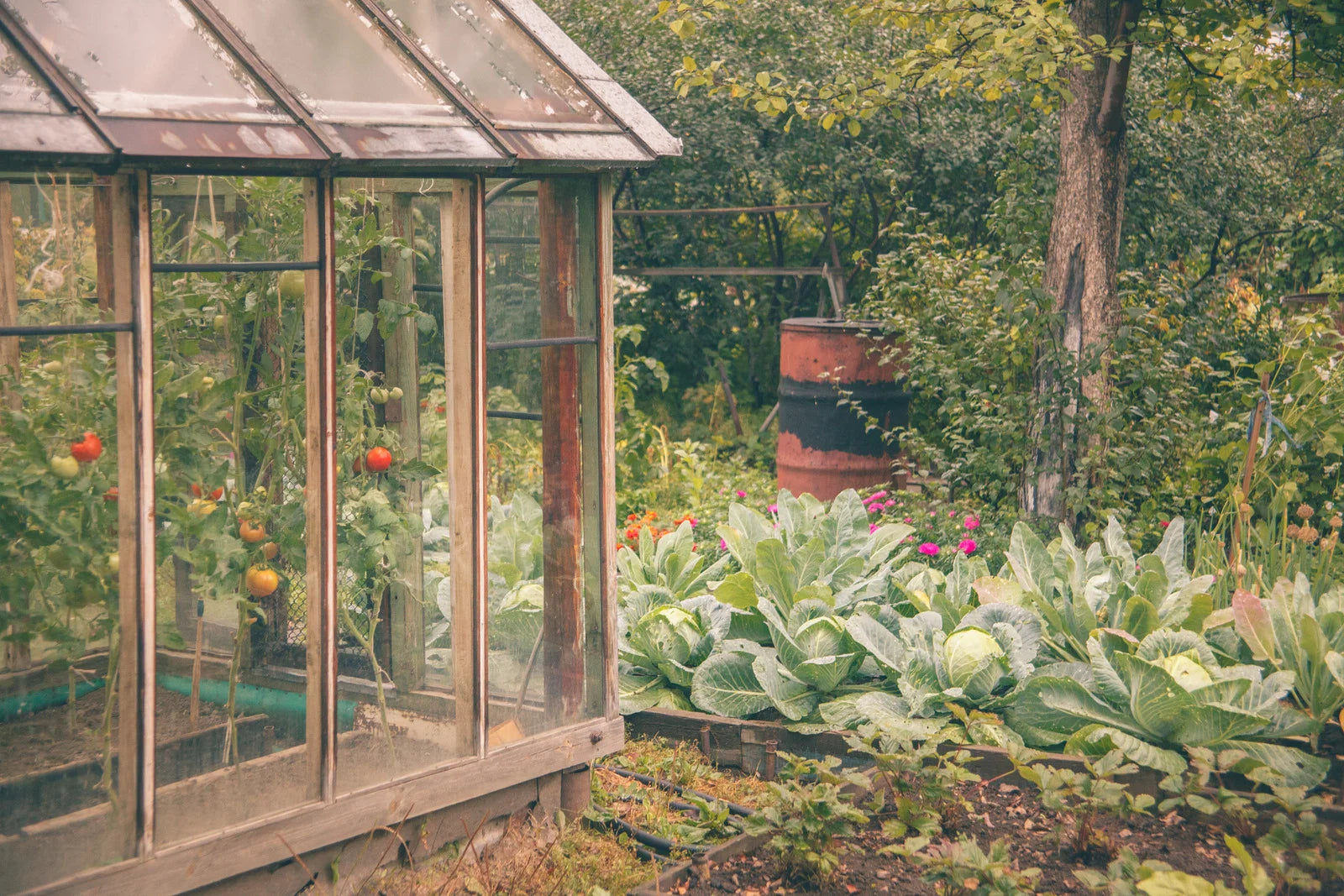Welcome to Seed Armory's ultimate guide on boosting your yield through effective crop rotation techniques for your survival garden. Whether you're a seasoned gardener or a newbie with a green thumb, understanding the best crop rotation techniques is essential for maximizing your garden's productivity. Here, we'll cover the basics and dive deep into strategies that will help you achieve the highest yield possible. Let's get started!
What is Crop Rotation, and Why Does It Matter?
Crop Rotation 101
Crop rotation is a gardening practice that involves changing the location of different crops within your garden from season to season. The primary goal is to enhance soil health, reduce pest and disease pressure, and optimize your yields. Each type of plant has specific nutritional needs and may deplete or enrich the soil in particular ways. Crop rotation helps maintain a balanced soil ecosystem, ensuring that your garden flourishes.
The Importance of Crop Rotation
Crop rotation offers several advantages:
-
Pest and Disease Control: Different crops attract different pests and diseases. By moving crops around, you can disrupt the life cycles of these unwanted guests and reduce their impact on your garden. A little known remedy for pest control is introducing bats into your survival garden process (if you have the right space for it). Bats are misunderstood creatures and are very important for the ecosystem.
-
Improved Soil Health: Rotating crops can prevent soil depletion and nutrient imbalances. It allows you to replenish the soil with essential nutrients naturally, reducing the need for synthetic fertilizers. The Minnesota University Research department has a great article on how you can test your soil and amplify yields by making it healthier.
-
Enhanced Yields: Healthy soil leads to more robust plants and, ultimately, higher yields. When you rotate crops strategically, you'll experience bountiful harvests. Here at Seed Armory, we also provide a many soil amendments to boost yields including a Solar Powered Pest Repeller that works wonders for natural pest control.
Now that you understand why crop rotation matters, let's delve into the best techniques to boost your garden's yield.

Best Crop Rotation Techniques for High Yield
1. Three to Four-Year Crop Rotation Cycle
One of the most widely used crop rotation techniques is the three to four-year cycle. In this method, you divide your garden into several sections and rotate crops within these sections over a three to four-year period.
Here's a basic example of a three-year rotation cycle:
-
Year 1 (Group A): Plant nitrogen-fixing crops like legumes (e.g., peas or beans). These crops improve soil fertility by adding nitrogen to the soil. Read on to learn why adding nitrogen to your soil in nine simple steps can boost yields by the popular blog growingwithnature.org.
-
Year 2 (Group B): Follow with crops that consume moderate nutrients, like leafy greens, cabbage, or spinach. These crops benefit from the nitrogen-enriched soil from the previous year.
-
Year 3 (Group C): Finally, plant heavy feeders such as tomatoes, corn, or squash. They'll thrive in the nutrient-rich soil from Year 2.
By following this cycle, you ensure that each group of crops gets the nutrients they need while reducing the risk of pest infestations.
Crop Families Rotation
Categorizing plants into families based on their botanical similarities is another effective technique for crop rotation. The reason this method works is that plants within the same family often share common pests and diseases. By rotating crops within the same family, you can avoid building up pest populations in your garden.
Here are some common plant families and their respective crops:
- Solanaceae Family: Includes tomatoes, potatoes, and peppers.
- Brassicaceae Family: Contains cabbage, broccoli, and kale.
- Cucurbitaceae Family: Home to cucumbers, squash, and pumpkins.
Rotate crops within these families, and you'll minimize pest problems while promoting soil health.
3. Cover Crops and Green Manure
Cover crops are another essential tool in your crop rotation toolbox. Planting cover crops like clover or vetch during the off-season can help improve soil structure, increase organic matter, like egg shells, and suppress weeds. Enjoy this article by Southern Living on why you should not throw away your eggshells. You can then turn these cover crops into green manure by tilling them into the soil, providing additional nutrients for the next planting season.
Some popular cover crops and their benefits include:
- Clover: Fixes nitrogen and improves soil structure.
- Rye: Suppresses weeds and adds organic matter to the soil.
- Buckwheat: Attracts beneficial insects and helps control pests.
Using cover crops and green manure not only enhances soil health but also boosts your yields in the long run.

4. Companion Planting
Companion planting is a technique that involves planting two or more different crops in close proximity, which can mutually benefit each other. For instance, some plants deter pests that might otherwise attack neighboring crops. By strategically interplanting complementary crops, you can reduce pest pressure and improve yield.
Some classic examples of companion planting include:
- Marigolds and Tomatoes: Marigolds repel nematodes, protecting your tomato plants.
- Basil and Tomatoes: Basil can enhance the flavor of tomatoes and deter pests like aphids.
Make sure to do your research to discover the best companion plants for your specific crops.
Final Thoughts
Effective crop rotation is the key to a high-yield survival garden. By employing these techniques and adapting them to your unique circumstances, you'll enjoy healthier plants, reduced pest and disease pressure, and ultimately, bountiful harvests. Remember that a thriving garden is a vital asset in any survival situation, providing fresh food and peace of mind.
So, roll up your sleeves, get planting, and make the most of your garden using these crop rotation techniques. Your future self will thank you for it! Happy gardening!











